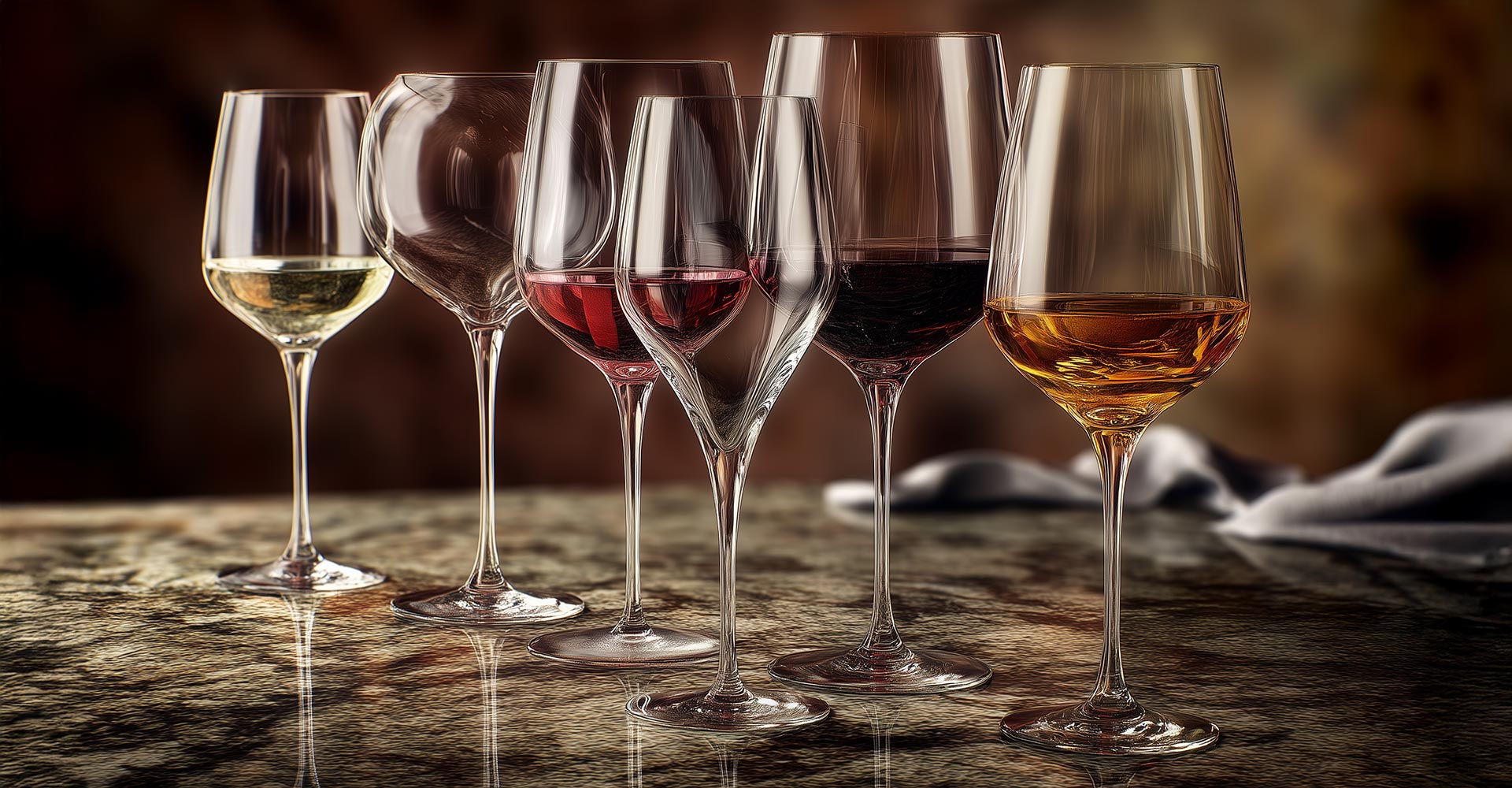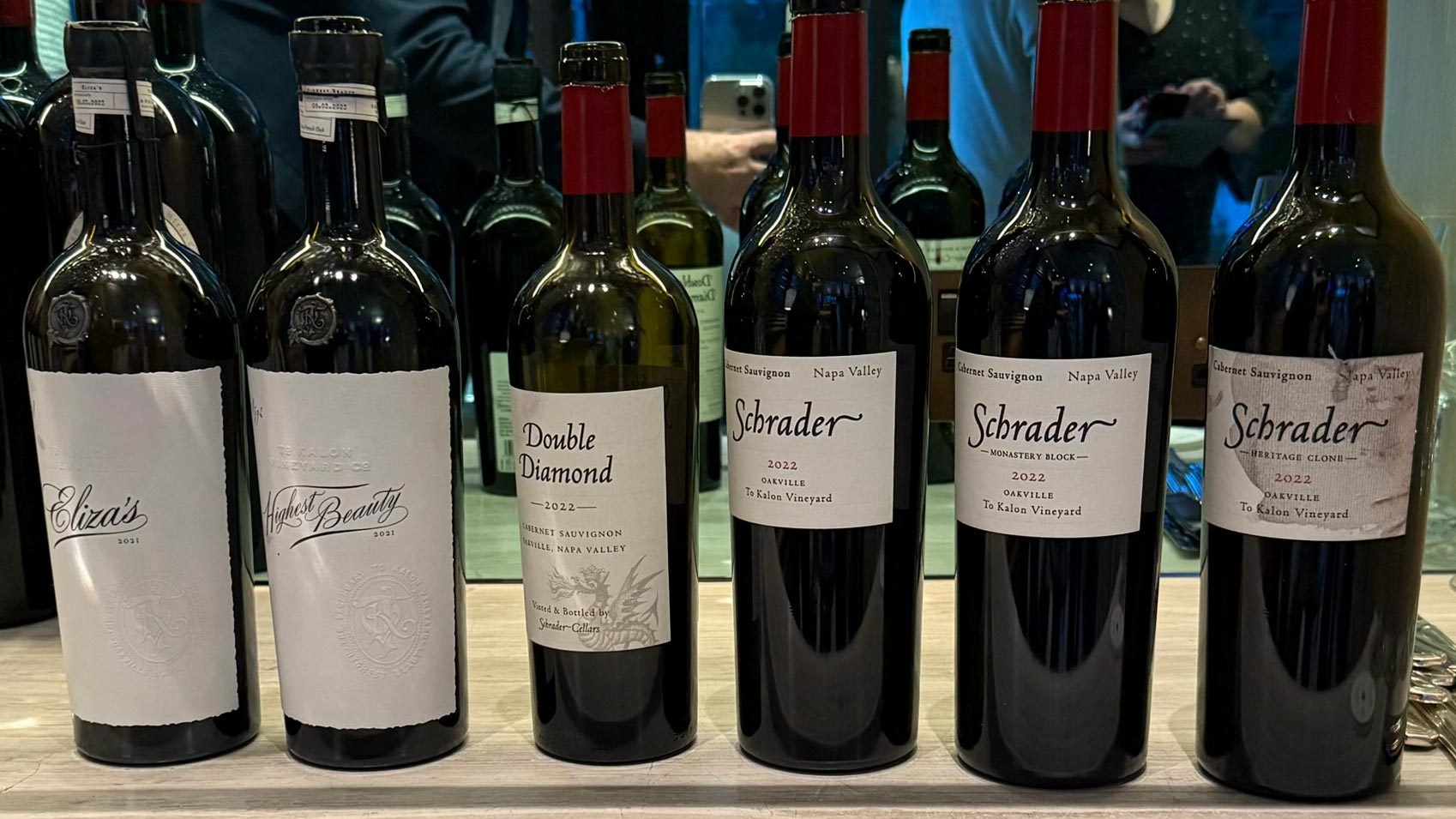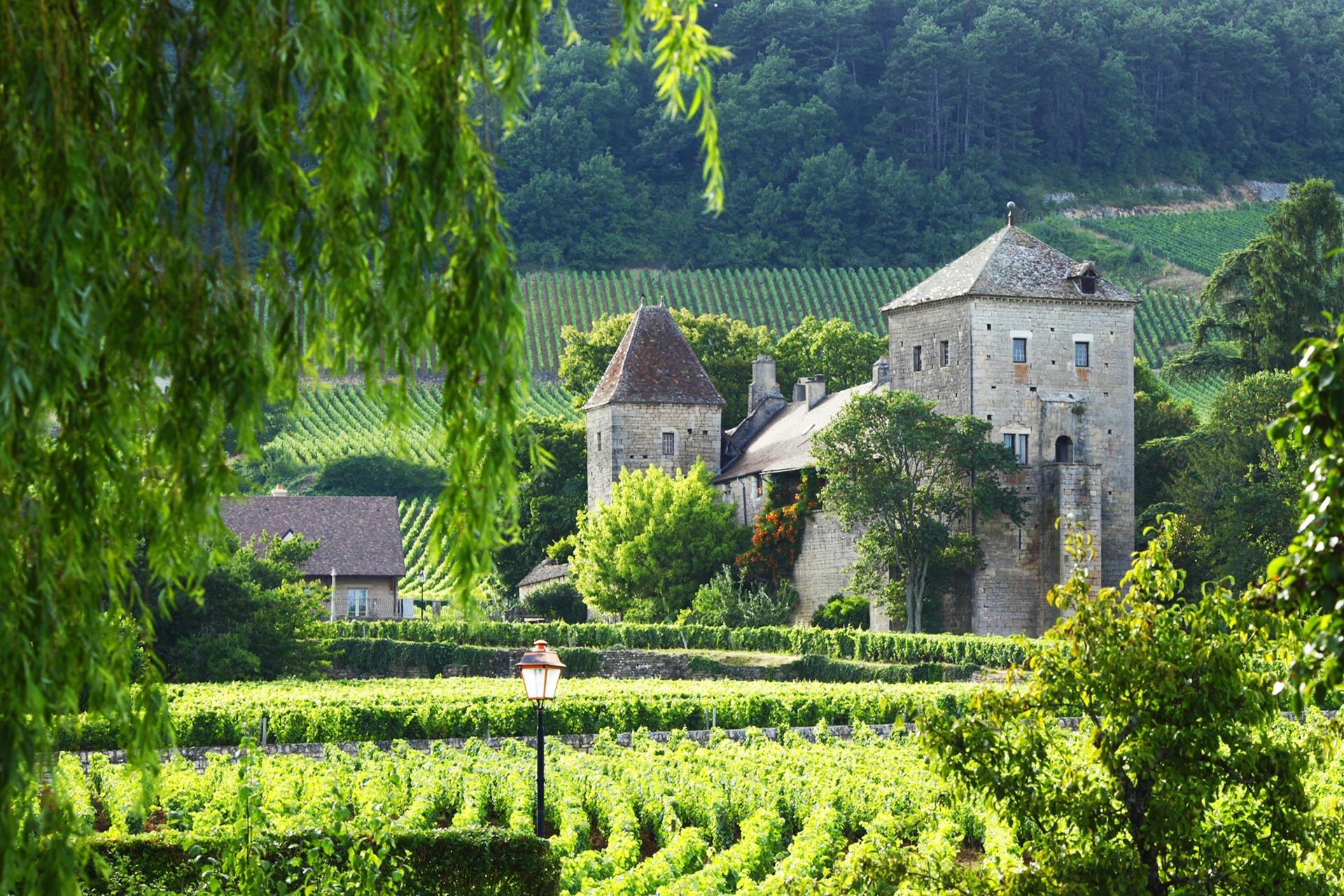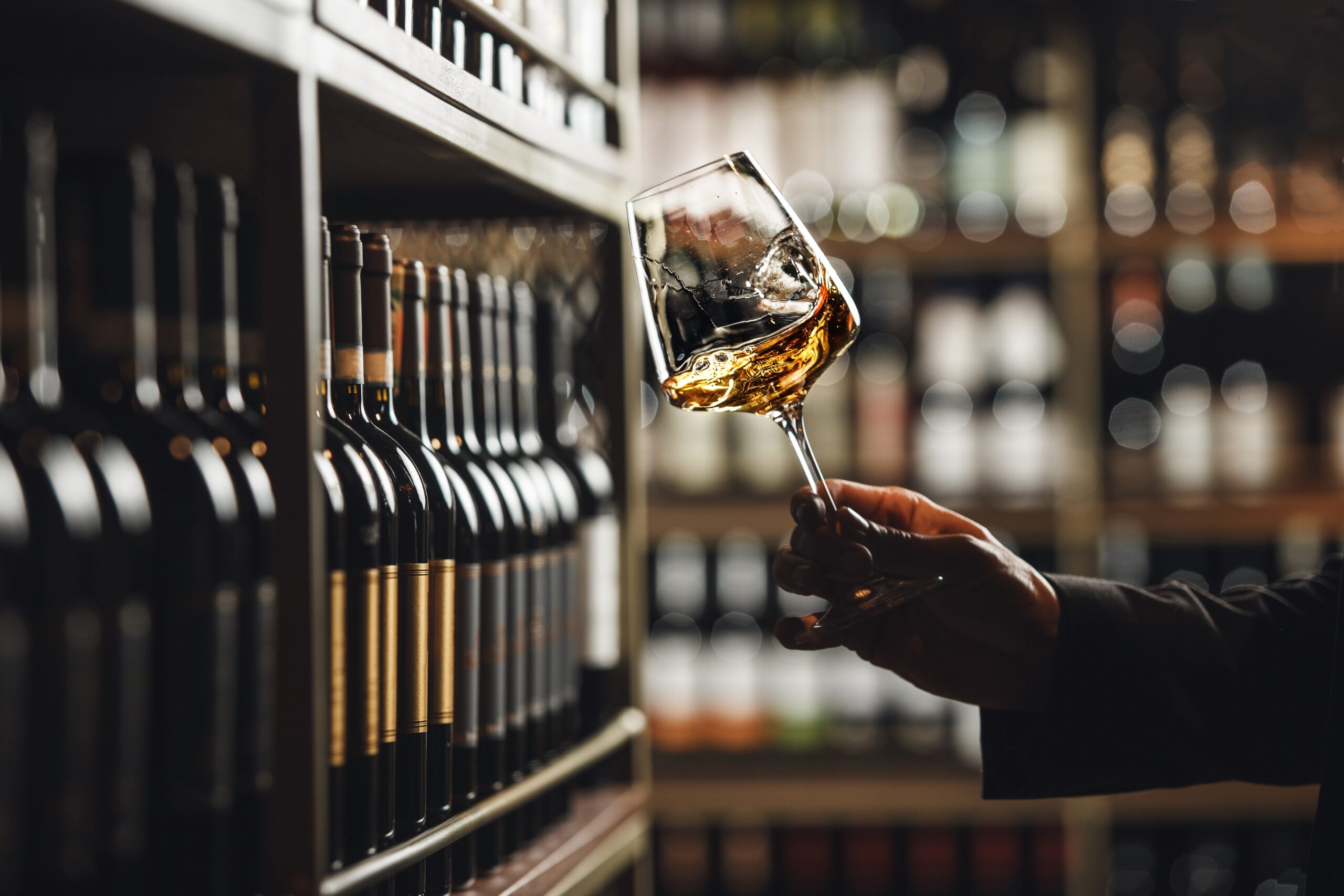Let’s face it, we’ve all had moments where we poured a beautiful Bordeaux into a chunky tumbler and wondered why it tasted more like disappointment than delight. It’s not always the wine—it might just be the glass.
Welcome to the marvellously nerdy (and secretly crucial) world of wine glassware, where design meets desire, and your humble vessel could be either elevating or sabotaging your wine. Spoiler: it’s rarely just about aesthetics. The glass you choose has a very real impact on aroma, temperature, flavour, and texture.
This isn’t about being posh but getting the most out of every sip.
The Glass is Half Full (of Science)
Wine glasses are designed with a purpose. The best ones are less ‘drinking cup’ and more ‘precision aroma launcher’. Their structure guides the wine’s temperature, oxygen contact, and even how it hits your tongue. Yes, really.
Let’s break it down:
-
The Stem keeps your warm hand away from the wine. Your Sauvignon Blanc doesn’t want a cuddle, it wants to chill.
-
The Bowl is where the magic brews. It lets the wine breathe, swirl, and express itself like it’s doing a TED Talk.
-
The Rim—the thinner, the better. A fine-cut rim feels elegant and lets the wine glide across your lips like silk pyjamas on marble floors.
The shape of a glass isn’t random—it’s engineered to optimise the experience.
Red, White, and Whoa: Picking the Right Glass
If wine were music, red wines would be jazz: complex, layered, sometimes a bit wild. They need space to breathe and settle. That’s where big bowls come in.
Bordeaux Glasses are tall and broad—the yoga pants of the wine glass world. They give full-bodied reds like Cabernet Sauvignon and Malbec room to stretch and soften, letting bold aromas waft up while helping ethanol mellow out.
Burgundy Glasses are all about finesse. They look like balloons on a stem and are perfect for Pinot Noir and Nebbiolo. Why? Their wide bowl and tight rim funnel delicate floral and berry notes straight to your nose like a bespoke fragrance.
White Wine Glasses are more reserved—narrower, smaller, and cooler (literally). Aromatic whites like Riesling or Sauvignon Blanc stay crisp and zippy in slender glasses that preserve their chill and focus those citrusy aromas like a lemon-scented laser beam.
Got a creamy Chardonnay or Viognier? Go for a wider bowl to let those nutty, buttery layers emerge.
And if you’re not one for a glassware wardrobe? A high-quality universal glass (think Gabriel-Glas or Zalto Universal) will cover 80% of your needs—unless you drink Barolo like water or only pop vintage Champagne on Tuesdays.
Bubbles and Bowls: Champagne’s Identity Crisis
Ah, Champagne—the Beyoncé of the wine world. But what glass does Queen B deserve?
Flutes are great at keeping bubbles in, but they’re not so generous with aromas. It’s like listening to an opera through a straw.
Coupes win on style points—think Gatsby parties and Mad Men glamour—but fizz fizzles fast. Great for cocktails. Not ideal for pricey Brut.
Enter the Tulip Glass (or even a white wine glass). It balances aroma and bubble retention, giving your Champagne space to shine without going flat before the second sip. This is the connoisseur’s choice and increasingly the go-to for sommeliers who treat Champagne as wine first, celebration second.
The Psychology of the Pour
Now here’s where it gets fun (and a little philosophical).
Even when aroma concentration changes between glasses, some blindfolded tasters struggle to identify distinct differences. But once the glass is seen and held—boom—flavours bloom, noses twitch, and brains light up like it’s Christmas. Why?
Because drinking wine is as much a mental experience as it is sensory. The weight of the glass, its elegance, the anticipation—it all primes you for pleasure. Your brain wants that Riedel Veritas or Zalto to taste better. And sometimes, belief becomes reality.
So yes, part of the wine glass “effect” is psychological. But that doesn’t make it less real. It makes it human.
Glassware Shopping: A Very Tasty Investment
Feeling inspired? Here’s how to shop smart:
-
Riedel: The OG of grape-specific glasses. If you want a glass for every varietal (and don’t mind a full cupboard), they’ve got you covered.
-
Zalto: Light as a whisper and praised by sommeliers the world over. Elegant, pricey, and very much worth the hype.
-
Gabriel-Glas: One glass to rule them all. Balanced, versatile, and a firm favourite among enthusiasts.
-
Schott Zwiesel: Built for everyday use, with a touch of class. Their Tritan crystal is dishwasher-safe and family-proof.
-
Libbey: Budget-friendly, basic, but solid. Great for newbies or anyone whose guests are more clumsy than classy.
Want to upgrade your experience without a massive investment? Start with 2–4 universal glasses and expand as your palate evolves. Or your dinner parties get fancier.
TL;DR – It’s Not Just a Glass, It’s an Experience
The right glass isn’t just about elegance—it’s a tool. It shapes aroma, preserves temperature, guides texture, and lifts your wine from ‘nice’ to ‘bloody brilliant’. Whether you’re a curious beginner or full-blown cork dork, experimenting with different glass shapes is one of the quickest, easiest ways to level up your wine game.
So next time you open a bottle, ask yourself—is my glass helping or hindering?
And if in doubt? Pour the same wine into a few different glasses and see for yourself. Your nose (and taste buds) will thank you.
Cheers to drinking smarter, not just harder.



